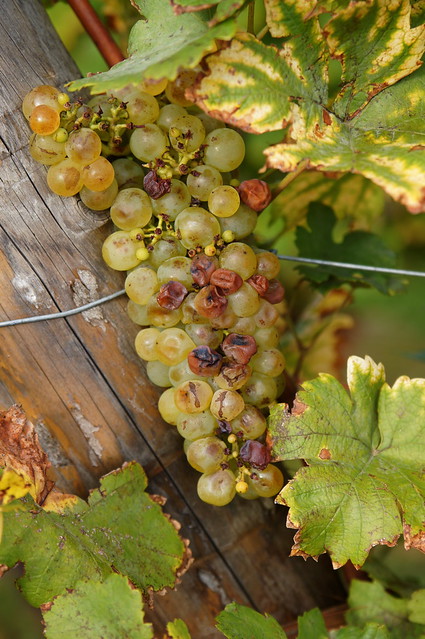 |
| An Aviation, Sloane Square Hotel |
It might be because she is a master mixologist, the Ferran Adria of cocktails. It could be because he always remembers your name, and/or your favorite tipples. It might be because they are such incredible social engineers that they always make everyone in the place feel great, and happy to be there. If you are a truly worthy and fortunate soul it might be all three. A great bartender can make you forget bad decor and overlook even the stingiest of well-brands or the most industrial of taps. Even when the delivery is a little shaky or the range of the menu is small and simple, the right person behind the bar can still make you happy to be there (and it's not just the booze talkin').
If you are still with me in my stipulation of the bartender-as-key, I thought I would press my luck and share what works for me in establishing and maintaining this all important relationship as a gateway to imbibing happiness.
 |
| Charming service at Sloane Square |
If you want to have a seriously good time it's very important that you not view the bartenders as indentured servants or as a species lower on the evolutionary ladder than you. You have your areas of knowledge and expertise and so do bartenders - which is why, after all, you are here. Sure, there are places with service so crisp that beverages appear and empties disappear as if conjured into and out of the ether, and interaction is limited. You still should not view the staff as lesser beings, and even the most modest signs of mutual respect are usually noted and appreciated. That appreciation can be astoundingly delicious.
2) If you like something, don't be afraid to say so.
 | ||
| Perfect pour |
3) Dealer's choice is often very rewarding.
Bartending in many places has become a form of cuisine a la minute, and bartenders have become like chefs in building their own bitters, syrups, and infusions. Giving the bartender the chance to improvise and create something on-the-fly allows them to use and demonstrate their skills at the highest levels. Then you get to drink it. It signals that you recognize their talent and that you trust them to deliver something unique and frequently amazing. Even simple beer and wine bars have become not-so-simple and offer enough selection these days that you can defer to the skill of the publican, and ask them for something a little different - that odd Dunkel that you had not thought of trying yet, or the British Columbian Pinot Noir you had never heard of. If you don't want to drink the same thing all the time, and you want to discover new things, allow a native guide to lead you.
4) It's not all about money
 |
| Englischer Garten, Augustiner vom fass |
These are by no means all of the secrets to having a great relationship with your bartender, but if you try to follow these guidelines, it's more than likely you'll be on your way to having a great time and discovering some new things along the way. If you have a favorite method of cementing a strong relationship with your bartender, please share!







